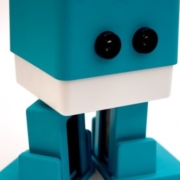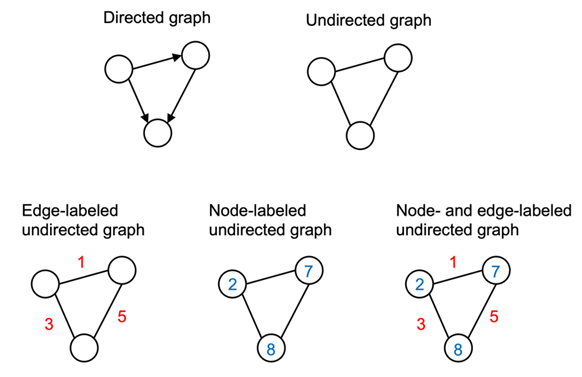Copilot, Codex, and AlphaCode: How Good are Computer Programs that Program Computers Now?
Enabled by the rise of transformers in Natural Language Processing (NLP), we’ve seen a flurry of astounding deep learning models for writing code in recent years. Computer programs that can write computer programs, generally known as the program synthesis problem, have been of research interest since at least the late 1960s (pdf) and early 1970s.
In the 2010s and 2020s, program synthesis research has been re-invigorated by the success of attention-based models in other sequence domains, namely the strategy of pre-training massive attention-based neural models (transformers) with millions or billions of parameters on hundreds of gigabytes of text.




